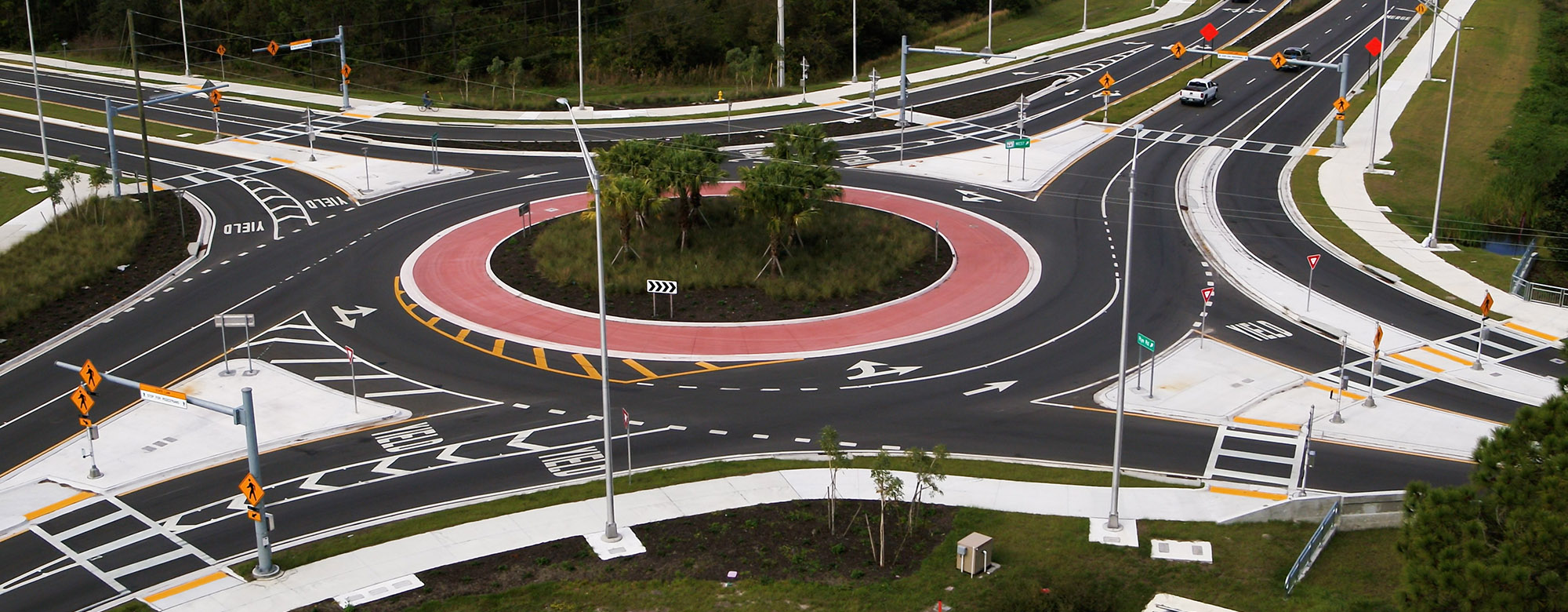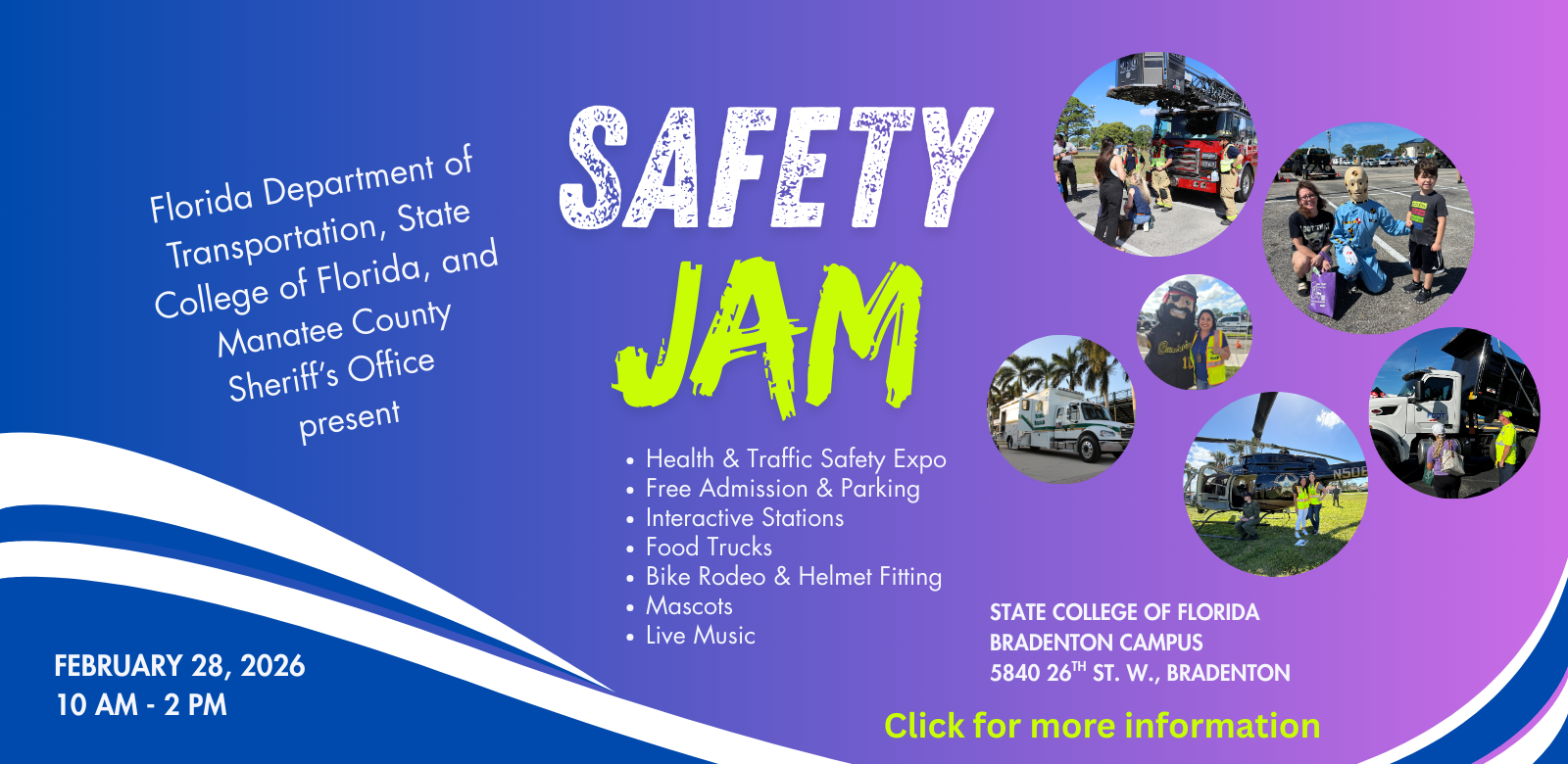Keep this in mind when you are drinking. Blood Alcohol Concentration Predictable Effects on Driving…
Understanding Roundabouts

The Florida Department of Transportation (FDOT) is actively promoting the installation of modern roundabouts throughout the state highway system due to their proven safety and operational benefits. Currently, there are approximately 20 roundabouts operating on the state highway system and over 300 roundabouts on local roads throughout the State. For many people, roundabouts are a new concept – and can be intimidating when first approaching.
The first thing to remember when entering a roundabout is the vehicles inside the roundabout have the right-of-way. You will need to yield until you can safely enter the roundabout. Below are a few frequently asked questions:
How do I drive in a multi-lane roundabout?
- Follow signs and pavement markings to determine the lane(s) that will serve your destination; follow all tips listed for the single-lane roundabout.
How should drivers yield to emergency vehicles?
- If you have not entered the roundabout, pull over to the right and allow the emergency vehicle to pass. If you have already entered the roundabout, continue to the closest exit and pull over once you are beyond the splitter island to allow the emergency vehicle to pass. Never stop in a roundabout.
Should I stop inside the roundabout to let someone in?
- You may slow down so the safe gap becomes more obvious to the driver wanting to enter the roundabout; however, you should not stop after crossing the yield line and are actually in the roundabout circle.
How are pedestrians accommodated?
- Pedestrians use marked crosswalks. All roundabouts have splitter islands that separate the approach and exit lanes. This splitter island is used as a pedestrian refuge for crosswalks requiring pedestrians to only cross a single direction of traffic at a time.
What about visually impaired pedestrians?
- Roundabouts may have an advantage to the visually impaired because they only have to address a single direction at one time and they can more easily distinguish between the vehicle noises. Also, slower vehicle speeds are generally safer for pedestrians.
How are bicyclists accommodated?
- Bicyclists should be encouraged to both share the travel way with vehicles in a roundabout, or dismount and use the sidewalk and crosswalk system to navigate through the roundabout.
How will large trucks be accommodated?
- Roundabouts are designed to accommodate all the turning movements of a tractor trailer rig. To accommodate the sweep of the trailer wheels as it makes its way through the roundabout, a truck apron is constructed around the inside of the circulating roadway. The apron is constructed of a different material or colored differently than the circulating roadway, to distinguish it and to make it clear that the truck apron is not something to be driven over by smaller vehicles.




 Copyright 2025 Florida Department of Transportation - All Rights Reserved
Copyright 2025 Florida Department of Transportation - All Rights Reserved